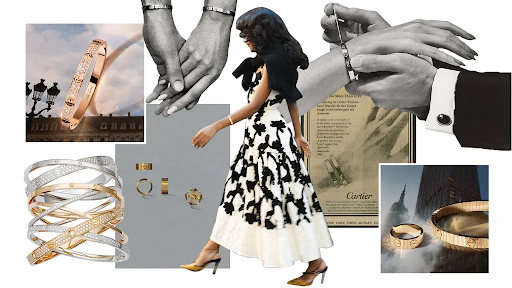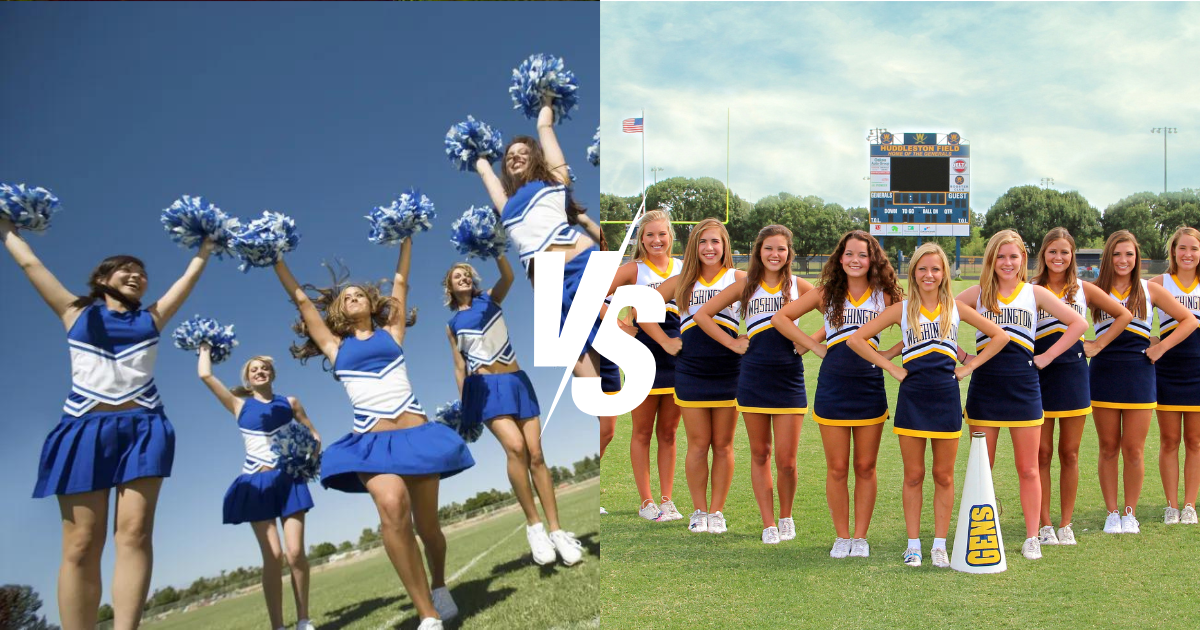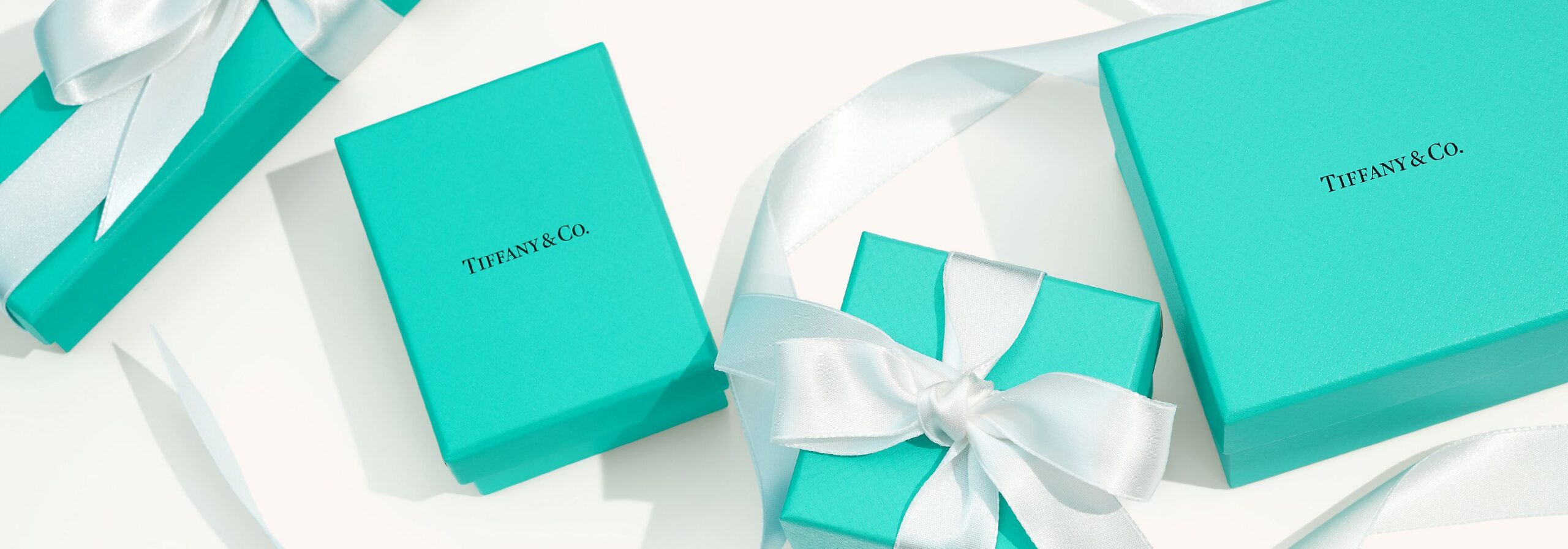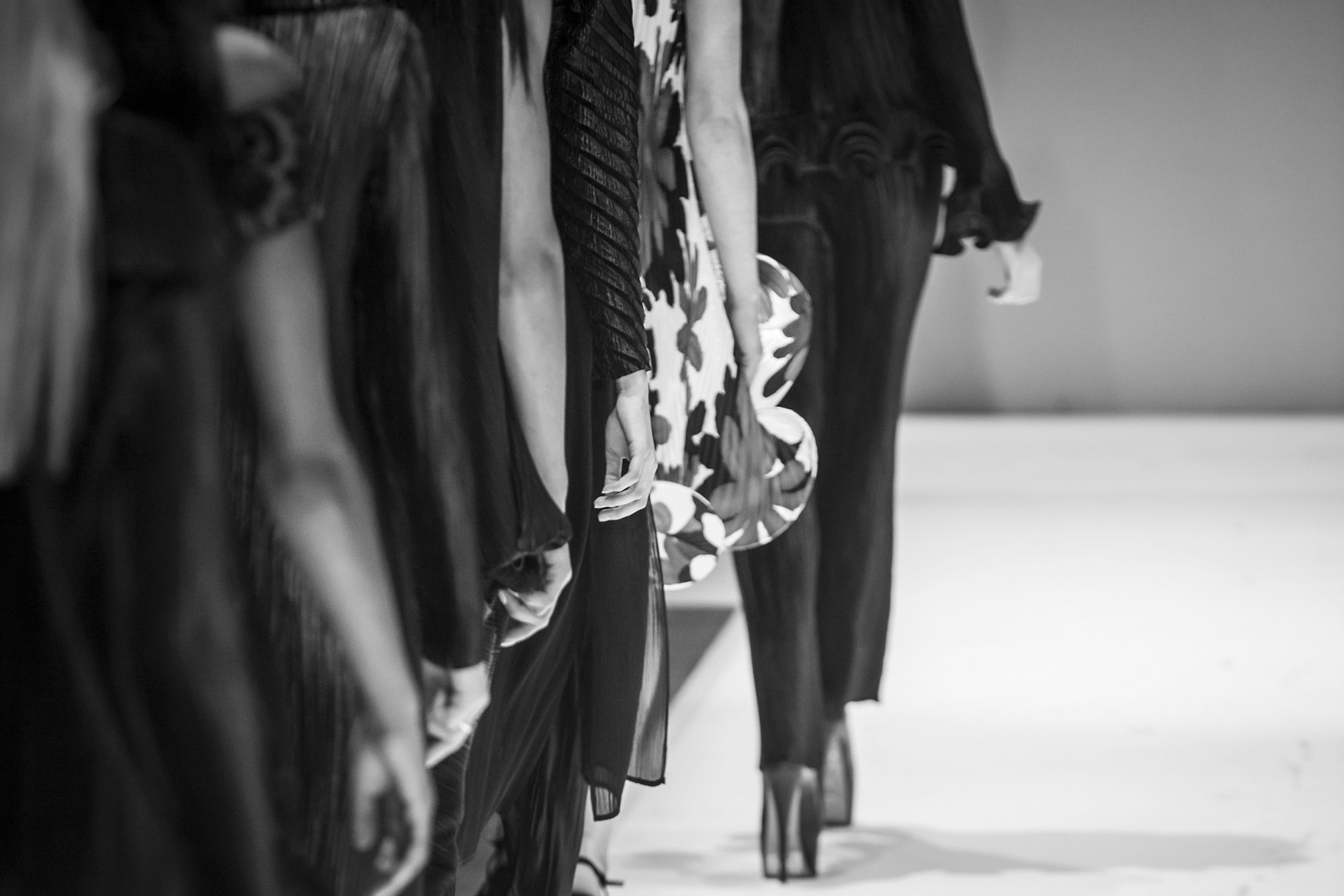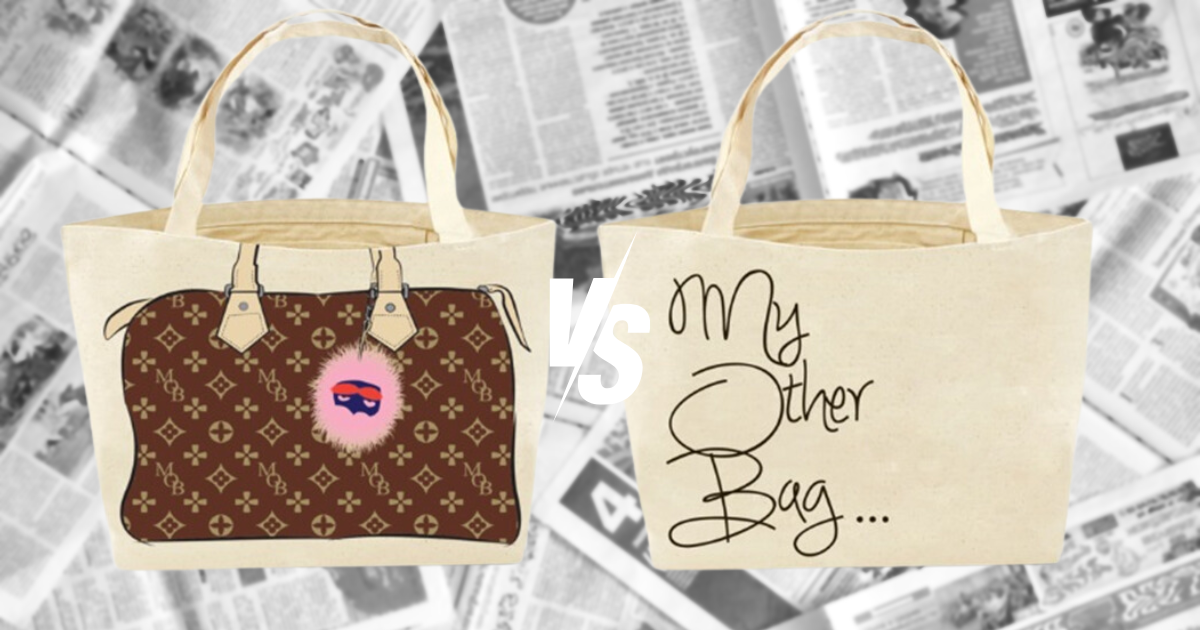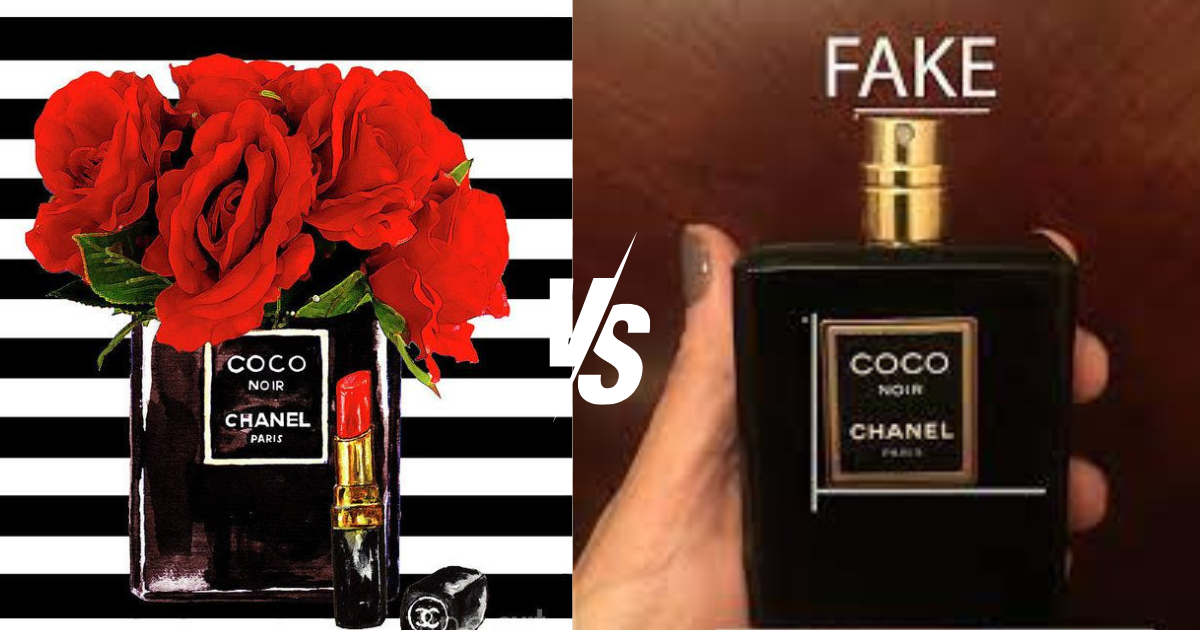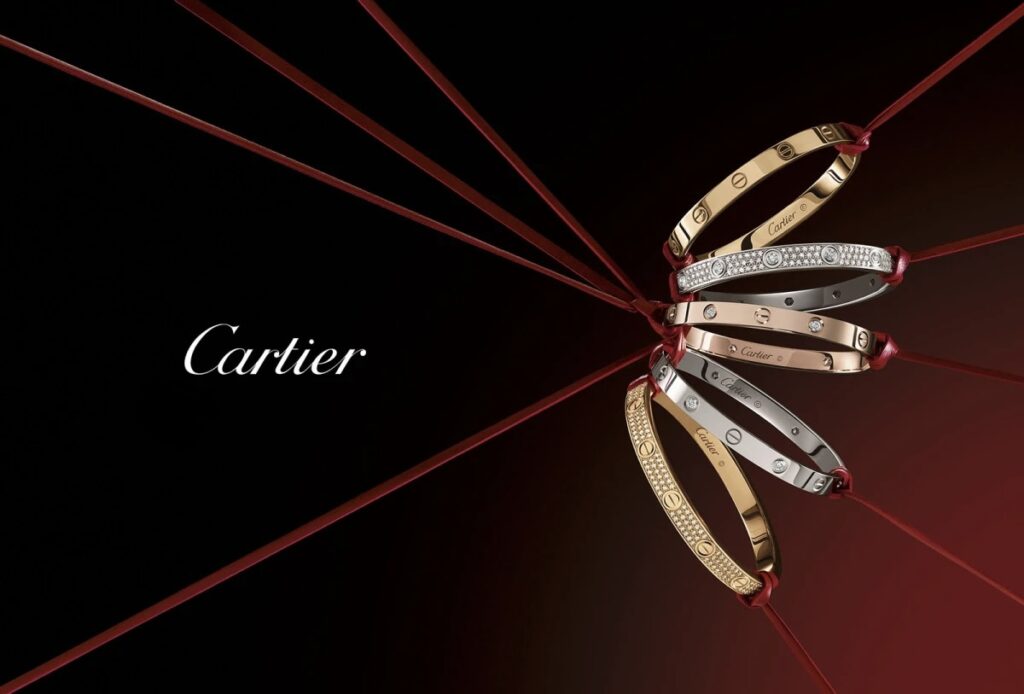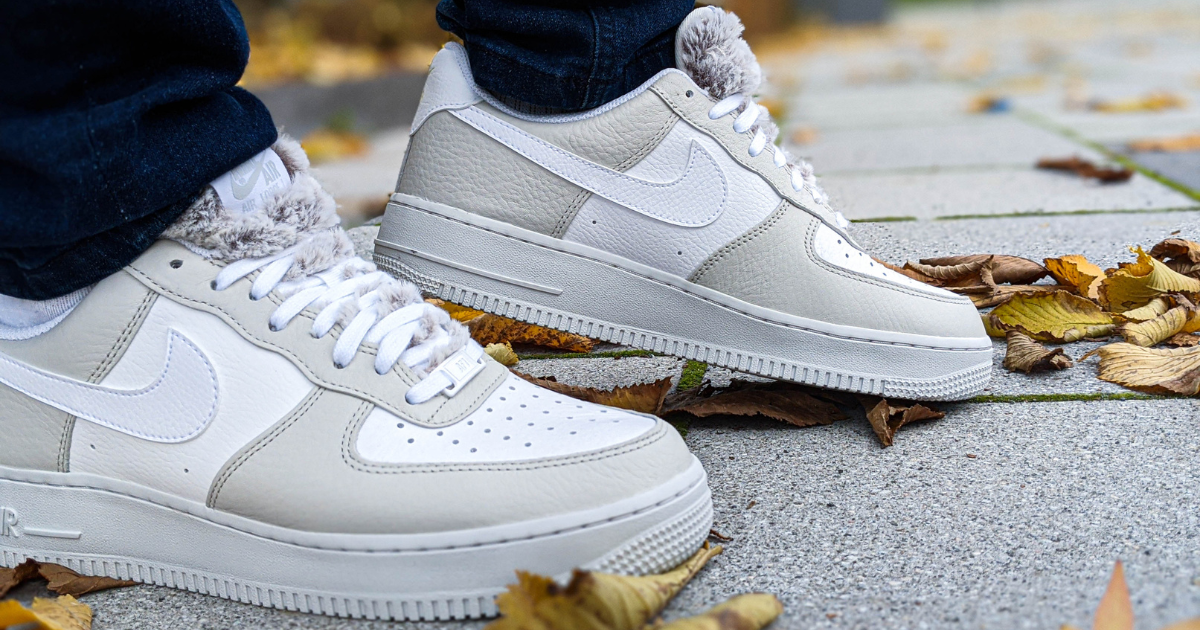The principles laid down in Star Athletica LLC v. Varsity Brands Inc. offered a much needed explanation over the question – what is the apt test to determine whether a feature of a “useful article” is copyrightable under the Copyright Act? The judgement also clarifies the boundary between art and utility. This decision pivots around the idea that a design feature of a utility item can qualify for copyright protection if it meets two critical conditions. First, the design feature must be recognizable as a work of art separate from the item’s utility. This means it should hold artistic value as a two- or three-dimensional work when viewed independently. Second, it must retain its artistic integrity outside of its utilitarian context, suggesting a degree of imagination capable of elevating a design beyond its functional roots into the realm of art.
HELD
Held: A feature incorporated into the design of a useful article is eligible for copyright protection only if the feature (1) can be perceived as a two- or three-dimensional work of art separate from the useful article, and (2) would qualify as a protectable pictorial, graphic, or sculptural work—either on its own or fixed in some other tangible medium of expression—if it were imagined separately from the useful article into which it is incorporated. That test is satisfied here.
FACTS OF THE CASE
- Varsity Brands Inc. (respondents), herein referred to as “Varsity”, are manufacturer of cheerleading uniforms. Respondents have more than 200 copyright registrations for two-dimensional designs—consisting of various lines, chevrons, and colorful shapes—appearing on the surface of the cheerleading uniforms that they design, make, and sell.
- Star Athletica (petitioners), herein referred to as “Star”, was selling and advertising designs of cheerleading uniforms for which Varsity had received a copyright registration.
- Varsity sued Star for copyright infringement.
- Star counterclaimed and asserted that Varsity had made fraudulent representation to the Copyright Office as the designs on “useful articles” (here the uniforms) are not copyrightable and both the parties moved for a summary judgment.
- The District Court granted summary judgement in the favour of Star (petitioner). The trial court reasoned that the designs could not be “conceptually” or “physically” separated from the uniform and, hence, are ineligible for copyright protection.
- The Sixth Circuit, i.e., the Appellate Court, reversed the judgement of the trial court giving the rationale that the cheerleading uniforms’ functionality and utility would remain unaffected by removing the stripes. They concluded that the graphics could be “identified separately” and were “capable of existing independently” of the uniforms under Section 101 of the Copyright Act.
- Star appealed and the Supreme Court granted certiorari to hear the case.
ISSUES/CONTENTIONS
Test of seperability- whether the stripes of the cheerleading uniform are “seperable” or “capable of existing independently” and further, are they copyrightable? Do they qualify the test?
MAJORITY DECISION
The Supreme Court of US, in a 6-2 judgement, held that A feature incorporated into the design of a useful article is eligible for copyright protection only if the feature (1) can be perceived as a two- or three-dimensional work of art separate from the useful article, and (2) would qualify as a protectable pictorial, graphic, or sculptural work—either on its own or fixed in some other tangible medium of expression—if it were imagined separately from the useful article into which it is incorporated. That test is satisfied here.
To answer the main question of controversy in this case – whether the stripes of the cheerleading uniforms are copyrightable or not, the court held that, it is absolutely necessary to apply the seperability test. The seperability test would help determine whether certain aesthetic features of the “useful article” are capable enough of existing independently or not. The court further stated the requisites of seperate-identification under Section 101 of the Copyright Act of 1976 which are as follows:
- The decision-maker is able to look at the “useful article” and spot some three-dimensional or two-dimensional elements that appears to have pictoral, graphic or sculptural qualities.
- To satisfy the independent-existence requirement, the feature must be able to exist as its own pictoral, graphic or sculptural work once is imagined apart from the useful article.
If the pictorial, graphic or sculptural element could not exist independently, it is one of the articles’ utilitarian aspects. And to qualify as a pictorial, graphic or sculptural work on its own, the feature cannot be a useful article or “an article that is normally a part of the useful article.”
To avoid any confusion in the future, the court decided to consider the literal interpretation of the words “pictoral” and “graphic” as mentioned statute. “Pictorial” or “graphical” designs are used to denote the two-dimensional features, such as pictures, paintings, or drawings. Thereby to protect “pictorial, graphical, and sculptural works” implanted or applied into the “design of an article,” which is considered helpful by a prudent person.
The court’s solution for the controversy was perfectly in consistence not just with the plain text of Section 101 but also the entire Act since sections 101, 106 and 113(a) state that a pictorial, graphic or sculptural design would receive copyright protection no matter if is fixed first as apart of a useful article or as a stand alone work.
On application of the principles laid down in the judgement, it leads to one conclusion that the designs on respondent’s cheerleading uniform are copyrightable:
- The designs in question are two dimensional elements that appear to have pictorial and graphic qualities.
- The stripes when imaginatively removed from the uniform and applied to another medium would not replicate the uniform itself. They will exist as their own graphic and pictorial work.
The court’s decision was also perfectly in alignment with the history of the statute as it did not contradict the judgement laid down in Mazer v. Stein. In Mazer, a case decided under the 1909 Copyright Act, the Court held that respondents owned a copyright in a statuette created for use as a lamp base. In so holding, the Court approved a Copyright Office regulation extending protection to works of art that might also serve a useful purpose and held that it was irrelevant to the copyright inquiry whether the statuette was initially created as a freestanding sculpture or as a lamp base. Soon after, the Copyright Office enacted a regulation implementing Mazer’s holding that anticipated the language of §101, thereby introducing the modern separability test to copyright law. Congress essentially lifted the language from those post-Mazer regulations and placed it in §101 of the 1976 Act.
CONCURRING JUDGEMENT
Justice Ruth Bader Ginsburg in her concurring judgement opined that seperability test was unnecessary to determine whether the designs were copyrightable or not. The designs on the useful material were already works of art which were simply reproduced on a useful article. Ginsburg pointed out that owning the copyright means you can use the design on products and stop others from doing the same without permission. She explained that the designs, although placed on items, should be viewed as standalone artistic works. Therefore, they don’t need to be separated from the products they’re on to deserve copyright protection. Ginsburg highlighted that these artistic designs can get their own copyright, ensuring they can be exclusively used on products.
DISSENTING OPINION
In the dissenting opinion penned by Justice Stephen G. Breyer, he concurred with the majority’s interpretation of the statute’s requisite test but contended that the designs in discussion did not pass this test. He argued that a design is not distinct from a useful article if removing the design necessitates duplicating the useful article in a different medium. The designs in question, which could only be expressed as images—or effectively duplicates—of the uniforms, did not possess the capacity to exist separately from the useful items. Drawing from the statutory language and relevant jurisprudence, Breyer concluded that the designs did not meet the second criterion for separability. Justice Anthony M. Kennedy echoed his dissent.
This dissenting viewpoint posits that cheerleading uniforms should not qualify for copyright protection because, if one were to separate the material from the design, what remains is merely a piece of fabric, with the designs still suggesting the silhouette of a cheerleading outfit. This approach, which uses the analogy of a two-dimensional artwork retaining the shape of its canvas, leans more towards practicality rather than focusing on the form of the item, counter to the separability test which evaluates the disassociated part of the item based on its ability to maintain an existence independent of the utilitarian aspects of the article.
Author: Purva Pushker, Dr. Ram Manohar Lohiya National Law University



